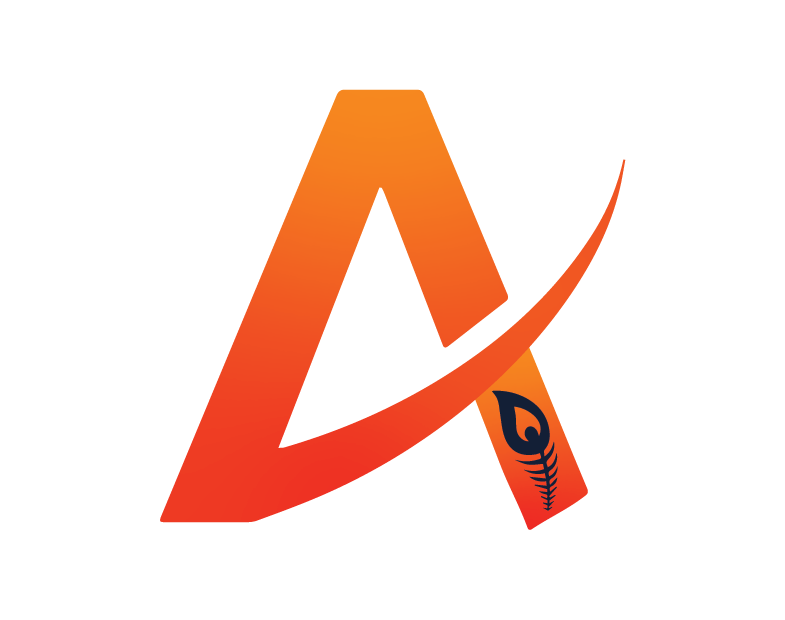Is your website not performing as well as you’d like in Google searches? Well, fret not! Google Search Console has come to the rescue with its latest update on Interaction to Next Paint (INP) metrics. This game-changing update can significantly impact your website’s SEO and overall performance. Let’s dive into how you can boost your website’s visibility and ranking with this latest development!
The Importance of Website Performance
A website’s performance is like a virtual storefront – it must be inviting, efficient, and user-friendly. In today’s digital age, where attention spans are shrinking by the second, having a fast-loading website is crucial. Users expect instant gratification when browsing online; if your site takes too long to load, they’ll click away.
Moreover, search engines like Google consider website performance as a key ranking factor. A slow or poorly optimized site can harm your SEO efforts and push you down in search results. This means fewer organic visitors and missed growth opportunities.
Additionally, user experience plays a vital role in retaining visitors and converting them into customers or subscribers. A seamless browsing experience keeps users engaged and encourages them to explore more of what your website has to offer. So, investing in optimizing your website’s performance isn’t just about rankings – it directly impacts your bottom line too!
Understanding GSC’s Latest INP Metric Update
Google Search Console (GSC) has recently introduced a new metric called the Interaction to Next Paint. This update aims to provide website owners with valuable insights into their site’s performance in terms of user experience.
The Interaction to Next Paint measures the time it takes for a webpage to become interactive, reflecting how quickly users can interact with your content once they land on your site. It is crucial because it directly impacts user engagement and satisfaction.
By understanding and monitoring this metric through GSC, website owners can identify areas that need improvement to enhance their site’s overall performance. Improving input latency not only benefits user experience but also positively influences search engine rankings.
Website owners should pay close attention to this new metric and take proactive steps to optimize their sites for faster interaction times. By doing so, they can ensure a seamless browsing experience for visitors and potentially boost their SEO efforts in the process. In more details about INP, we have explained in this article.
How the INP Metric Impacts Your Website’s SEO
The new INP metric in Google Search Console has a significant impact on your website’s SEO performance. By measuring the perceived speed and responsiveness of web pages, this metric provides valuable insights into user experience. A poor INP score can result in lower rankings and decreased visibility in search results.
Google considers page experience as a crucial ranking factor, making the INP metric even more essential for optimizing your site. Improving your website’s interactivity and loading speeds can positively influence your overall SEO strategy. Websites with faster interaction times are more likely to rank higher in search engine results pages.
Optimizing for the INP metric involves enhancing elements such as server response times, JavaScript execution, and resource load prioritization. By focusing on these areas, you can boost user engagement and retention while positively impacting your site’s SEO performance. Stay ahead of the curve by monitoring and improving your website’s INP score consistently!
Tips for Improving Your Website’s INP Score
To enhance your website’s INP score, start by optimizing your images. Large image files can slow down loading times, negatively impacting the INP metric. Compress images without compromising quality to boost performance.
Consider leveraging browser caching to store frequently accessed resources on visitors’ devices temporarily. This reduces server load and speeds up subsequent visits to your site, positively affecting the INP score.
Minimize JavaScript execution by removing unnecessary scripts or deferring their loading until after the page has rendered. This helps improve interactivity and responsiveness, key factors in enhancing user experience and ultimately the website’s INP rating.
Utilize lazy loading for images and videos to defer offscreen content rendering until users scroll down a webpage. By implementing this technique, you can prioritize above-the-fold content loading, improving initial page speed metrics that contribute to a better INP score.
Regularly monitor your website’s performance through tools like Google Search Console to identify potential issues affecting the INP metric promptly. Stay proactive in addressing any concerns to ensure optimal user experience and search engine visibility.
Conclusion
Having a well-performing website is crucial for attracting and retaining visitors. A fast-loading site not only enhances the user experience but also plays a significant role in improving SEO rankings.
Google Search Console’s latest update introduces the Interaction to Next Paint (INP) metric, aimed at measuring how quickly important pages on your website load for users. This new metric provides valuable insights into your site’s performance and helps identify areas for improvement.
With Google’s increasing emphasis on page speed as a ranking factor, the INP metric can directly impact your website’s SEO performance. Websites with faster loading times are more likely to rank higher in search results, driving organic traffic and boosting visibility online.
To enhance your website’s performance and improve its INP score, consider implementing these tips:
1. Optimize images and reduce file sizes.
2. Minimize server response times by leveraging caching techniques.
3. Prioritize above-the-fold content to ensure quick initial rendering.
4. Use Content Delivery Networks (CDNs) to distribute content closer to users.
5. Compress resources such as HTML, CSS, and JavaScript files for faster loading speeds.


